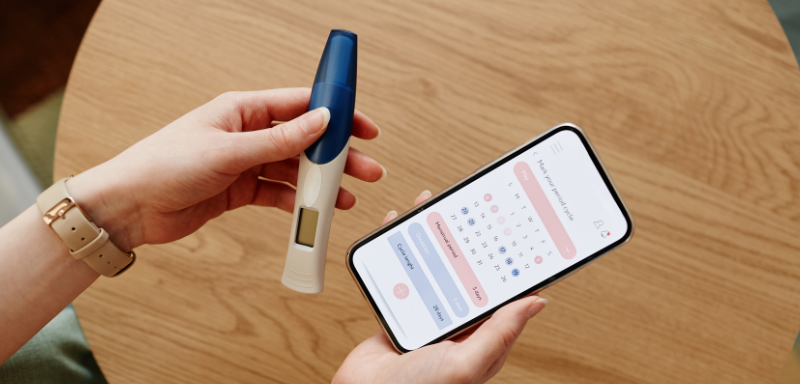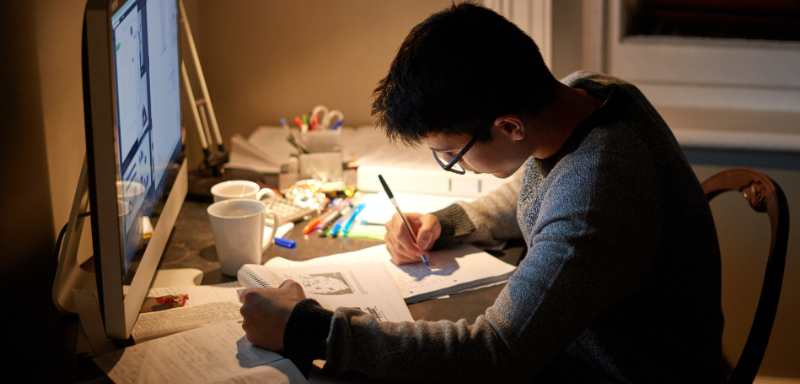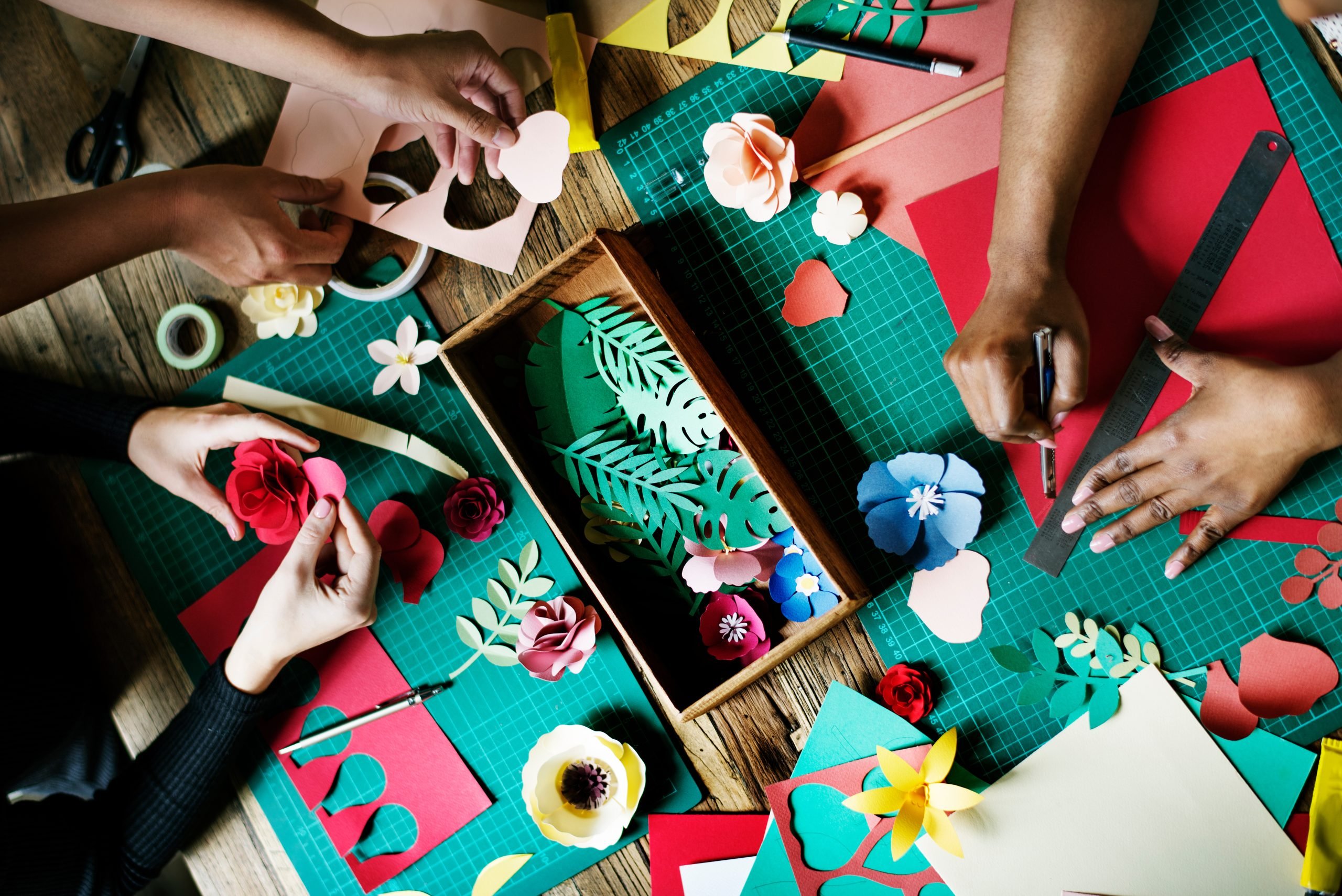Handcraft
How to Work With Handmade Ceramics
To work with handmade ceramics requires having some equipment, having technical knowledge, an adequate and exclusive space for this activity.
Advertisement
See below a step by step of their work in this area and be able to profit a lot in your city.
Build your Alelie in your own home
To start working with ceramics, very complex structures are not required, so you can start at home even in a space of more or less 12 m².
To begin with, you should have a space of around 12m² available. This space must be organized and divided according to its function:
Stock of material;
Stock of ready-made products;
Clay choice and preparation area;
Modeling;
Drying;
Burning area;
Enamel cleaning and painting area
Sanding and finishing area.
Buy the necessary equipment and materials
To start the manufacturing process, you must have all the equipment and the right materials to carry out the proper treatment, in order to be able to transform the raw material and shape the dough to create good quality products.
In order to help you with this, we have listed below which materials are used to manufacture ceramic pieces.
Sink or tank;
Table or bench;
Shelves;
brushes;
Sponges;
Modeling tools (stems, modelers, rasp, spatula, compass);
Digital scale (essential for pricing parts);
basins;
wooden disks;
Clay;
Glazes (enamels);
dye paints;
Engobes;
rolls;
Plate for clay;
Electric lathe;
Mirror (to place behind the lathe so you can see your piece in its entirety when modeling);
Gypsum board (for recycling the clay left over from the pieces);
Buckets (to store leftover clay or glaze);
Decanter (to retain material remains and allow only the water to go to the sewage system);
Oven;
Refractory columns and refractory plates (furniture for oven, works as shelves);
Leather shaving gloves.

Understand how to make pottery
There are several ways to work ceramics and this will depend a lot on the technique used. Below we show a step by step in this type of confection and that it is not a general rule to be followed, adaptations can be made, so that the professional feels more comfortable.
1 – Creating a project
Like a project in any area, you must have a concrete idea of the piece that will be made. Make a sketch on paper or through computer programs, where you can have a three-dimensional view of the piece, before it exists.
2 – Choice of clay
There are several types of clay on the market that behave in different ways. In addition to the different colors, each type of clay has a way of reacting with the glaze – a kind of glaze – and has its own firing time and temperature. Due to these differences, it is recommended that each piece to be modeled has two different types of clay.
3 – Clay Preparation
This is a step you don’t need to make pottery, but it will greatly improve the manufacturing process and create standardization according to the size of each piece.
The process consists of partitioning the clay, separating it into small portions, weighing it on a scale and kneading it for some time. These processes are for clays purchased ready to make pottery.
You can, of course, make your own handmade clay, but this is quite a time consuming process as you have to select, separate, clean, mix, etc.
4 – Modeling
To make rustic ceramic pieces, without using molds or equipment, simply take the clay in your hands and shape it to taste, and you can also invest in molds and equipment to create better finished and standardized products.
5 – Drying
Drying is the most time-consuming step in the entire process, since the modeled mass needs to lose as much liquid as possible before going to the firing process.
To give you an idea, a simple dish cannot dry for less than two weeks and, if that time does not pass, when going into the oven the piece can be deformed and all the work is lost.
The right thing is to know the correct drying time, before going with the pieces to the kiln.
6 – Biscuit Burning
Here is when clay finally turns into pottery. This firing process is carried out at temperatures of 800ºC and 1000ºC.
This process will make the pieces more resistant and will allow you to handle the pieces safely and apply the glaze.
7 – Cleaning and Enamelling
The firing process leaves ceramic pieces very porous, which makes some products ready after leaving the kiln, such as clay filters.
You just need to clean it with water. After washing, assess whether the pieces are porous enough, as this will make it possible to apply the enamel.
Parts that need enamelling can be done by dipping, painting with brushes, bathing and applying paint using a compressed air gun.
8 – Enamel firing
After applying the glazes, wait 24 hours and place the pieces in the oven again, at a temperature between 1000ºC and 1300ºC. (this temperature is defined according to the type of clay and type of enamel chosen). This step aims to fuse the enamel to the piece, causing the enamel to adhere to the piece.
9 – Sanding
After the enamel drying process, the underside of the pieces must be sanded, so that they are smooth and do not scratch the surfaces of furniture and other surfaces.
The sandpaper must be in accordance with the ceramic. For rougher ceramics, sandpaper with a smaller grain should be used.
Attention: If you don’t have a kiln and want to start your production, just go after companies that work with ceramics in your city to try to outsource this service, this often leaves your investment lower.
Tip: If you are unable to have an oven to start your production, look for companies that work with ceramics in your region and outsource this service. This often makes the investment cost lower.
We hope this information can be useful for you to start your ceramic work. We wish you success in your venture.
Trending Topics

Learn About Crafts in EVA
EVA material is a kind of craft material that is very successful. It can be used to create several super creative and original pieces. If you want to know how to learn see this article.
Keep Reading
Best Fertility Apps: The Right Tools to Help You Get Pregnant
From cycle tracking to ovulation predictions, the best fertility apps offer personalized insights and guidance on your reproductive health!
Keep Reading
Plex: Free movies and TV for everyone
Plex is an entertainment streaming platform that combines free ad-supported TV, movies, and music all in one place. Check it out!
Keep ReadingYou may also like

App to focus: boost your productivity
If you have trouble focusing on your tasks, try these apps to focus. With these apps, you can take your productivity to the next level!
Keep Reading
The Best Pomodoro Apps to Help You Focus
The Pomodoro Technique can improve your focus and boost your productivity with a really simple method. Learn all about the best Pomodoro apps!
Keep Reading
Monetize Your Craft: Strategies for Earning from Your Skills
Unlock the secrets to earning from your craft. Discover practical strategies to turn your creative passion into a profitable venture.
Keep Reading